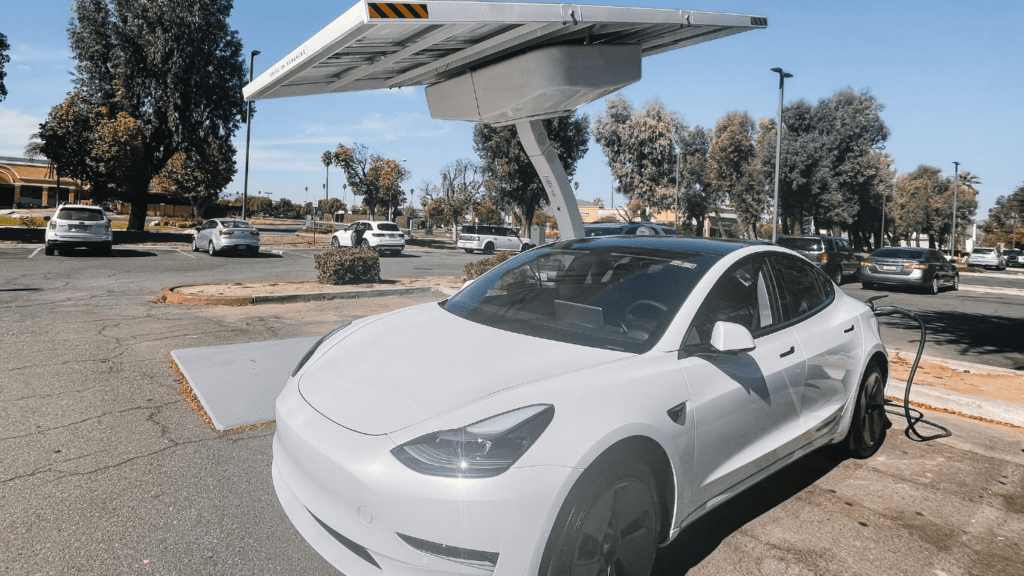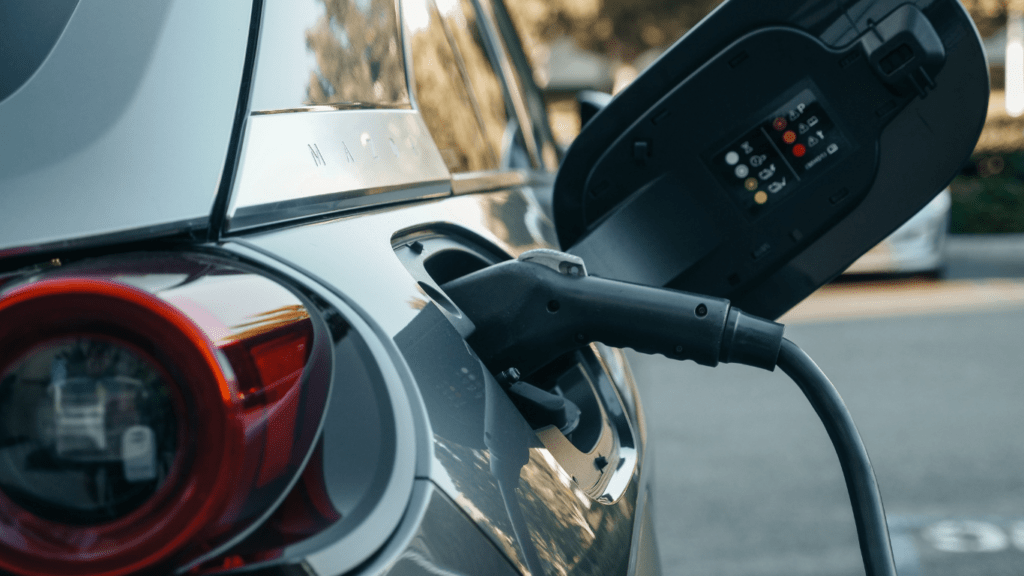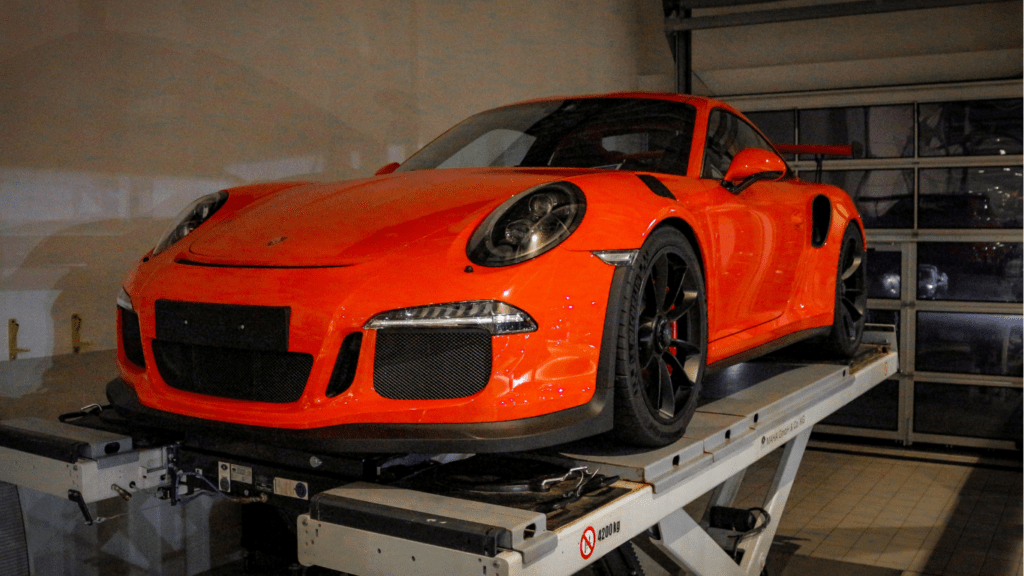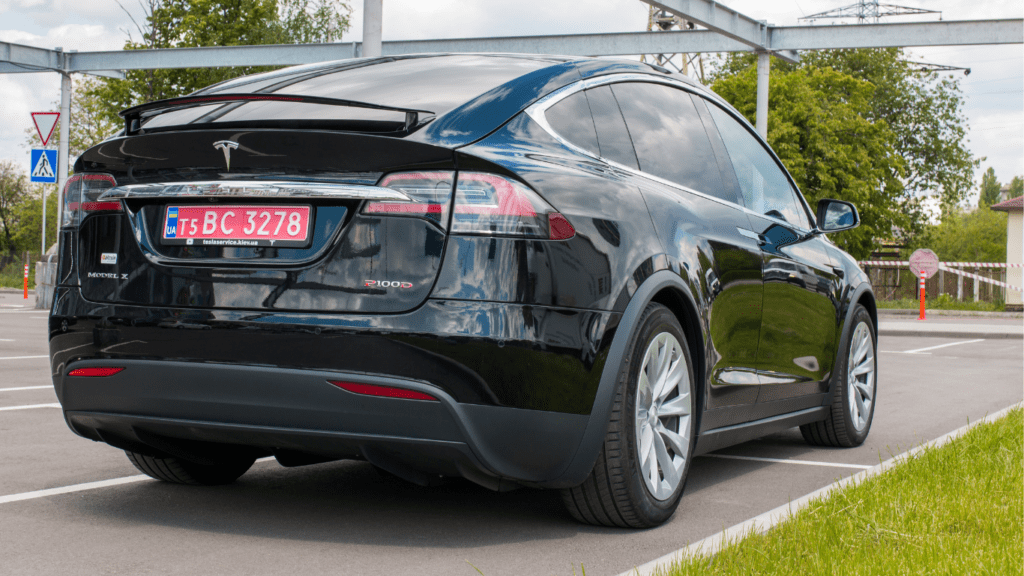Evolution of Luxury Electric and Hybrid Cars
The evolution of luxury electric and hybrid cars marks a transformative era in automotive history. Initially, these vehicles were niche products, often overshadowed by traditional gasoline-powered cars. Today, they’ve become synonymous with modern automotive excellence, achieving mainstream popularity and setting new standards in luxury.
Major automakers like Tesla, BMW, and Mercedes-Benz have pushed the envelope, integrating cutting-edge technology into their electric and hybrid offerings. Electric motors in today’s luxury models deliver high torque and acceleration, rivaling and sometimes surpassing their gasoline-powered counterparts. For example, the Tesla Model S Plaid accelerates from 0 to 60 mph in under 2 seconds, showcasing the performance potential of electric powertrains.
The focus is not just on performance but also on enhancing the driving experience. Advanced driver-assistance systems (ADAS) have become standard in these vehicles, offering features like:
- adaptive cruise control
- lane-keeping assist
- automated parking
Brands like BMW’s i7 and Mercedes-Benz EQS lead the way in integrating these systems seamlessly with the driving experience.
Interior luxury has also seen significant advancements. Plush leather seats, ambient lighting, and expansive infotainment systems characterize these vehicles. For example, the Lucid Air features a 34-inch curved Glass Cockpit 5K display that merges physical and digital controls to create a high-tech, user-friendly environment. The build quality and materials used in these cars are on par with, if not superior to, their traditional luxury counterparts.
Sustainability remains a core focus in the evolution of luxury electric and hybrid cars. Many manufacturers prioritize eco-friendly materials and sustainable manufacturing processes. Polestar, Volvo’s electric offshoot, aims to produce a climate-neutral car by 2030, highlighting the industry’s commitment to reducing its carbon footprint.
Technological innovations continue to drive this evolution. Battery technology has dramatically improved, offering longer ranges and faster charging times. For instance, the Porsche Taycan’s 800-volt architecture allows it to add up to 60 miles of range in just 5 minutes of charging, significantly reducing downtime for drivers.
The evolution of these vehicles from niche markets to luxury status symbols underscores the incredible advancements in technology, performance, and sustainability. This transformation sets the stage for the future, where luxury electric and hybrid cars will continue to lead in innovation and ecological responsibility.
Performance and Efficiency

Luxury electric and hybrid cars excel in performance and efficiency through innovative technologies. They combine powerful electric powertrains and advanced hybrid systems to deliver an unparalleled driving experience.
Electric Powertrains
Electric powertrains offer remarkable acceleration, smoothness, and instant torque. For example, the Tesla Model S Plaid accelerates from 0 to 60 mph in under 2 seconds. This instant torque is a key differentiator, providing seamless and rapid acceleration without the lag of traditional internal combustion engines. High-capacity batteries in these vehicles also contribute to longer ranges, such as the Lucid Air achieving over 500 miles per charge. Additionally, regenerative braking systems help recover energy during deceleration, enhancing overall efficiency.
Hybrid Systems
Hybrid systems combine internal combustion engines with electric motors to optimize fuel efficiency and performance. These systems offer the best of both worlds by providing electric-only driving in urban settings while relying on the internal combustion engine for longer trips. For instance, the BMW 7 Series plug-in hybrid delivers an excellent balance between power and fuel economy, capable of driving short distances solely on electric power before the gasoline engine activates. The seamless transition between power sources minimizes fuel consumption and reduces emissions, making these vehicles ideal for both city and long-distance driving.
Design and Comfort
Luxury electric and hybrid cars set new benchmarks for design and comfort by integrating advanced features and sustainable materials. They’re redefining what motorists can expect from their vehicles.
Interior Materials
Premium materials dominate these interiors, underscoring luxury and sustainability. Automakers use high-quality leather, Alcantara, and even vegan leather options. Tesla models often feature minimalist designs with sustainable materials like recycled fabrics, while Mercedes-Benz includes exquisite wooden trims and ambient lighting. BMW uses responsibly sourced materials combined with high-end finishes.
Seating and Space
Seating comfort is paramount in luxury electric and hybrid cars. Manufacturers focus on ergonomic designs and electric adjustments for customized comfort. The Tesla Model S offers heated and ventilated seats with memory settings for multiple drivers. Furthermore, ample interior space ensures a superior experience. The Lucid Air boasts rear executive seating with expansive legroom, making it ideal for longer journeys.
Advanced Technology
Luxury electric and hybrid cars boast cutting-edge technology, enhancing both convenience and driving experience. These advanced systems set them apart and cater to the discerning needs of modern drivers.
Infotainment Systems
- Modern infotainment systems in luxury electric and hybrid cars are beyond just providing entertainment. These systems integrate seamlessly with smartphones and other devices.
- Tesla Model S features a 17-inch touchscreen that controls nearly all aspects of the car, from navigation to climate control.
- BMW’s iDrive system incorporates a rotary controller and a high-resolution display, ensuring an intuitive interface.
- Mercedes-Benz’s MBUX (Mercedes-Benz User Experience) system, with its AI capabilities, offers personalized settings and commands.
- These infotainment systems often support Apple CarPlay and Android Auto, providing a user-friendly experience across different platforms.
Autonomous Driving Capabilities
Autonomous driving capabilities are a standout feature in today’s luxury electric vehicles. Tesla’s Full Self-Driving (FSD) system leads the way with its ability to navigate streets, change lanes, and manage parking, although driver oversight remains necessary. BMW’s Driving Assistant Professional suite includes features like adaptive cruise control and lane-keeping assistance, enhancing safety on highways. Mercedes-Benz offers the Drive Pilot system, capable of taking complete control under certain conditions, like traffic jams. These systems drastically reduce driver fatigue while increasing safety, illustrating the significant strides made in autonomous driving technology.
Safety Features
In luxury electric and hybrid cars, safety features are paramount. Automakers consistently innovate to ensure a secure driving experience.
Driver Assistance
Luxury electric and hybrid cars come equipped with advanced driver-assistance systems (ADAS). For example, Tesla’s Full Self-Driving and Mercedes-Benz’s Driver Assistance Package include adaptive cruise control, lane-keeping assist, and automated emergency braking. These systems significantly reduce the risk of accidents, helping drivers navigate complex road conditions effortlessly. Furthermore, BMW’s Driving Assistant Professional incorporates features like evasive steering assist and cross-traffic alert, enhancing overall driver awareness and safety.
Crash Protection
These cars are designed with cutting-edge crash protection technologies. Audi’s e-tron and Volvo’s XC90 Recharge utilize high-strength materials and structural reinforcements to absorb impact forces during collisions. Airbag systems in models like the Porsche Taycan deploy intelligently to protect occupants. Advanced pre-collision systems, such as Lexus’s Pre-Collision System with Pedestrian Detection, enhance safety by preparing the vehicle and its safety mechanisms moments before an impact. These innovations help ensure maximum protection for all occupants.
Sustainability and Eco-friendliness
Sustainability stands at the core of today’s luxury electric and hybrid vehicles. Manufacturers focus on reducing environmental impact through innovative technologies and materials.
Low Emissions
Luxury electric and hybrid cars significantly lower emissions compared to traditional combustion engines. Electric vehicles (EVs) produce zero tailpipe emissions, directly improving air quality. Plug-in hybrids (PHEVs) minimize emissions by operating in electric mode during urban driving, using the internal combustion engine only for extended trips. The BMW i8, for instance, achieves impressive fuel efficiency and reduced CO2 emissions through its hybrid system. Joining similar efforts, the Audi Q7 e-Tron combines a diesel engine with an electric motor to reduce overall emissions.
Eco-friendly Materials
Automakers incorporate sustainable materials to enhance eco-friendliness. Tesla uses recycled plastics and plant-based fibers in its interiors. BMW integrates responsibly sourced materials like natural fibers and recycled plastics in models like the i3. Companies such as Mercedes-Benz use recycled aluminum and steel in vehicle construction to reduce material waste. Polestar takes a step further by using materials like flax and recycled fishing nets, setting new standards in sustainable luxury car design.



 Editorial Director
Editorial Director
